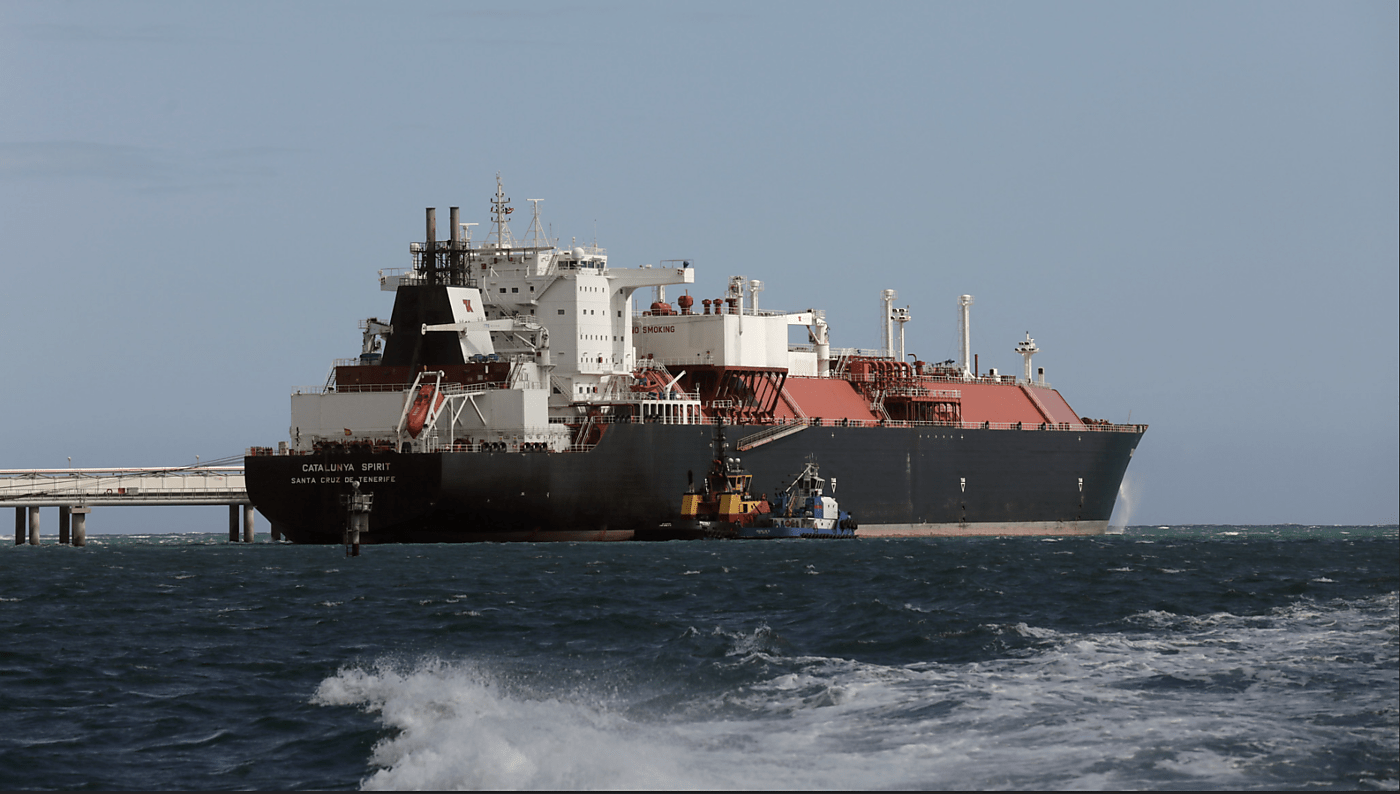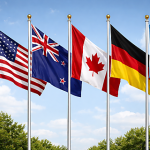
Colin Grabow and Alfredo Carrillo Obregon
In February of last year, the tanker Catalunya Spirit berthed next to a power plant on Puerto Rico’s southern coast and began discharging its cargo of liquefied natural gas (LNG). That’s not unusual. LNG tankers regularly arrive in Puerto Rico to provide the natural gas used to generate over 40 percent of the territory’s electricity. What is unusual, however, is where the Catalunya Spirit’s cargo originated: Russia. The same month that tensions were ratcheting up with Moscow over its aggression toward Ukraine—culminating with its February 24th invasion—Puerto Rico was importing $29 million worth of Russian gas.
Leaving geopolitical optics aside, the sourcing decision appears puzzling from both a geographic and efficiency perspective. Why would the island import natural gas that originated in distant Russia rather than the much closer U.S. mainland—one of the world’s top exporters of LNG?
A large part of the answer almost certainly lies in U.S. maritime protectionism.
Passed in 1920, the Jones Act restricts domestic waterborne transportation to vessels that are U.S.-flagged, constructed in U.S. shipyards, and mostly U.S. owned and crewed. But of the world’s more than 640 LNG tankers, zero comply with the law. The cost and difficulty of building one in the United States and then operating it under the U.S. flag does not make economic sense. As a result, while U.S. LNG has been transported by tankers to 39 countries since 2016, sending it to Puerto Rico—or any other part of the United States—remains an impossibility.
This means Puerto Rico must purchase its LNG from abroad. Last year LNG tankers arrived at the island from Trinidad and Tobago, Brazil, Nigeria, Oman, and Spain (while the Catalunya Spirit’s gas originated in Russia, the LNG was loaded in Spain. Interestingly, Spain was the third‐largest destination for U.S. LNG exports in February 2022, meaning LNG tankers laden with U.S. LNG destined for Spain may have crossed paths with the Catalunya Spirit headed in the opposite direction).
Last year wasn’t Puerto Rico’s first purchase of Russian LNG either. In February 2019 the LNG tanker La Mancha Knutsen delivered $25 million worth of Russian gas from France to Puerto Rico, while in October of that year the Catalunya Spirit transported $26 million worth of Russian gas to the island from Belgium. Altogether, from 2019–2022 Puerto Rico purchased over $80 million in Russian gas.
Here’s a look at where Puerto Rico obtained its LNG supplies from 2017–2021 (note that while one of the sources used to create this chart, the International Group of Liquefied Natural Gas Importers, shows Russian LNG accounting for 4.26 percent of imports by volume in 2019, the Puerto Rico Institute of Statistics places the figure at 8.14 percent):
In contrast, neighboring Dominican Republic and Jamaica met none of their LNG needs with Russian gas during that time. Indeed, unlike Puerto Rico much of their LNG was purchased from the United States. Such outcomes are difficult to explain without the Jones Act.
But the law’s role in encouraging the use of Russian energy goes beyond LNG. In terms of petroleum oils, Puerto Rico also showed a greater preference for those from Russia than the United States. The Dominican Republic, meanwhile, imported far less from Russia—and significantly more from the U.S. mainland—than Puerto Rico (sufficiently granular data was not available for Jamaica).
Puerto Rico’s minimal use of American energy is even acknowledged by Jones Act supporters. In March the president of the American Maritime Officers union admitted that “fuel cargoes delivered routinely to Puerto Rico are not typically sourced in the [United States].”
Let’s not make the mistake, however, of thinking the Jones Act’s role in tilting the playing field in favor of Russian energy imports is unique to Puerto Rico. Prior to the imposition of a March 2022 import ban, the Philadelphia Inquirer noted that a local refinery was among the country’s biggest consumers of Russian oil. The newspaper pointed out that, while similar grades of crude were available from U.S. sources, “it costs more to transport domestic crude by rail or American‐flagged ships to Northeastern refineries.”
California refineries were also importing Russian crude prior to the ban. According to Susan Grissom of the American Fuel and Petrochemical Manufacturers trade association, this turn to the international market instead of domestic sources was attributable to “a lack of pipeline and rail transportation options and cost‐prohibitive Jones Act shipping requirements.”
Reliance on Russian energy even continues today given the importation of fuels from Indian refineries using Russian oil.
Such outcomes make a mockery of claims from Jones Act supporters that the law ensures the country’s economic security. More accurately, the law is best understood as a form of self‐sabotage that disrupts domestic commerce and imposes higher costs on American businesses and consumers.
The Jones Act is perhaps the foremost example of Henry George’s dictum that “What protection teaches us, is to do to ourselves in time of peace what enemies seek to do to us in time of war.” Those seeking to undermine the United States would be hard‐pressed to find a better approach than hamstringing Americans’ ability to move critical supplies—including energy products—within the country. Thanks to the Jones Act, they don’t have to lift a finger.






